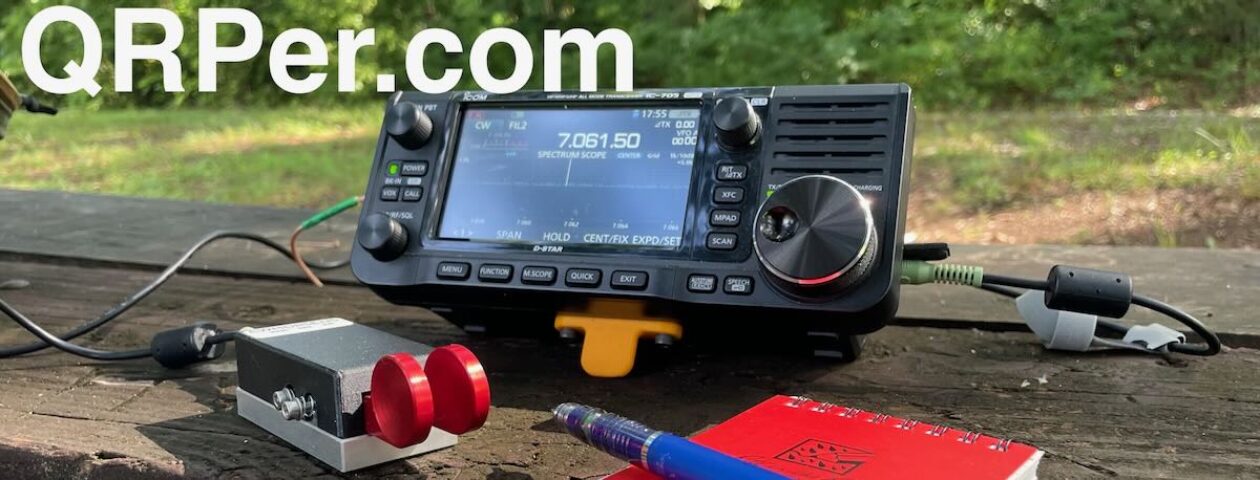 We hams have a tendency to unbox our new radios, toss the manual to the side, and get on the air. We sort out radio functions by playing with the radio and using it.
We hams have a tendency to unbox our new radios, toss the manual to the side, and get on the air. We sort out radio functions by playing with the radio and using it.
By “we” I’m certainly including myself…
Typically, there’s no harm in doing this. Experienced ham radio operators know how to hook up their radios, and know what common functions and features they must identify. In fact, when I review a radio, I rarely read the manual for this very reason: I’m curious how intuitive the controls are.
With that said, I’ve had no less than three emails from readers this past week asking questions about their radios–questions that all could have easily be answered by even skimming over the manual.
Sure, I’ve had this happen to me before. Subscribers to my YouTube channel have watched my activation videos and pointed out shortcuts and features I hadn’t yet used on a radio. Many times, I was aware of the function/feature, but while on the air couldn’t remember how to engage it. (This is where a printed cheat sheet come in handy!)
Truth is, modern rigs are simply chock-full of features. Many of these features are incredibly useful, but not obvious on the front panel.
Case in point: MTR-3B Direct Frequency Entry

In the past, you may have heard me mention that that the MTR-3B “isn’t a good transceiver for hunting stations” because it has no rotary encoder to quickly move from frequency to frequency. There’s no number pad for direct frequency entry either.
Instead, the user has up and down arrow buttons that you push and hold until eventually you reach the desired frequency. If the frequency is 50 kHz away? Yeah, you’re going to be holding that button down for a while (there is a fast tune option, but it’s still slower than an encoder).
Early this year, I pulled out the MTR-3B manual to give it another thorough read-through–from cover to cover. It’s not a large manual. My goal was to refresh my memory about recording and playing back CW message memories. In the process, I also discovered that the MTR-3B has a clever (and quite unconventional) direct frequency entry method.
Via the DFE function, you simply enter four digits of the desired frequency, 0 to 9 via Morse Code, starting with the 100 kHz digit. It’s a little quirky, but it works quite well!
This doesn’t make band-scanning any easier, but it does help me while hunting since I can directly enter the frequency I find on the POTA or SOTA spots page.
This one function made my MTR-3B that much more usable. Somehow, I missed this part of the manual when I first purchased the MTR-3B–I’m so happy I took a deep dive later.
Getting to know you…
If it’s a rainy day, or you’re simply trying to stay awake during a mandatory remote meeting for work, or like today there’s a radio blackout, use that time to get to know your radio by taking a deep dive in its manual.
Read it from cover to cover: I guarantee you”ll learn something new about an old friend.



